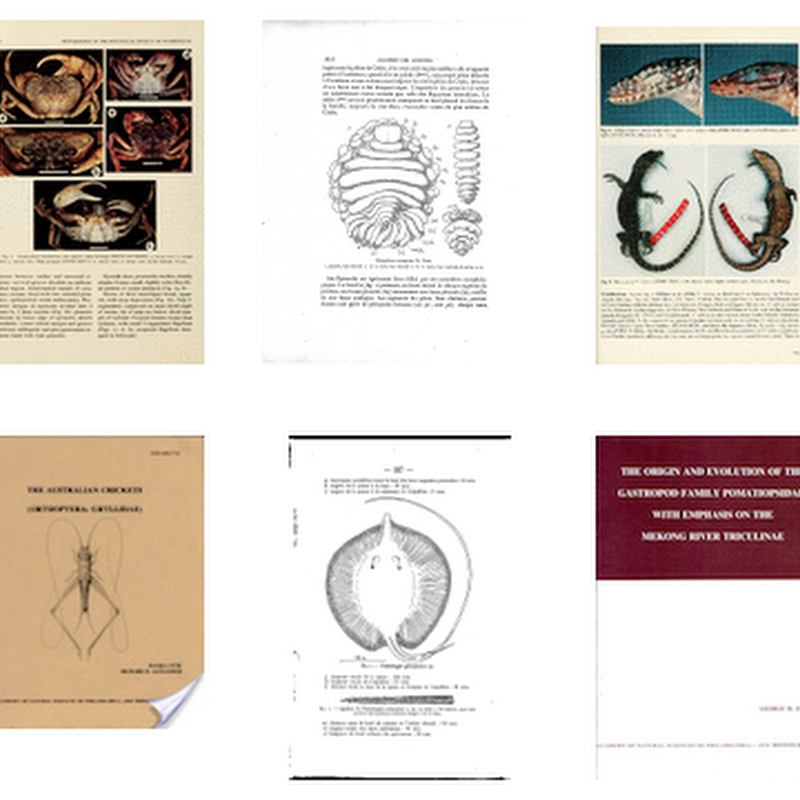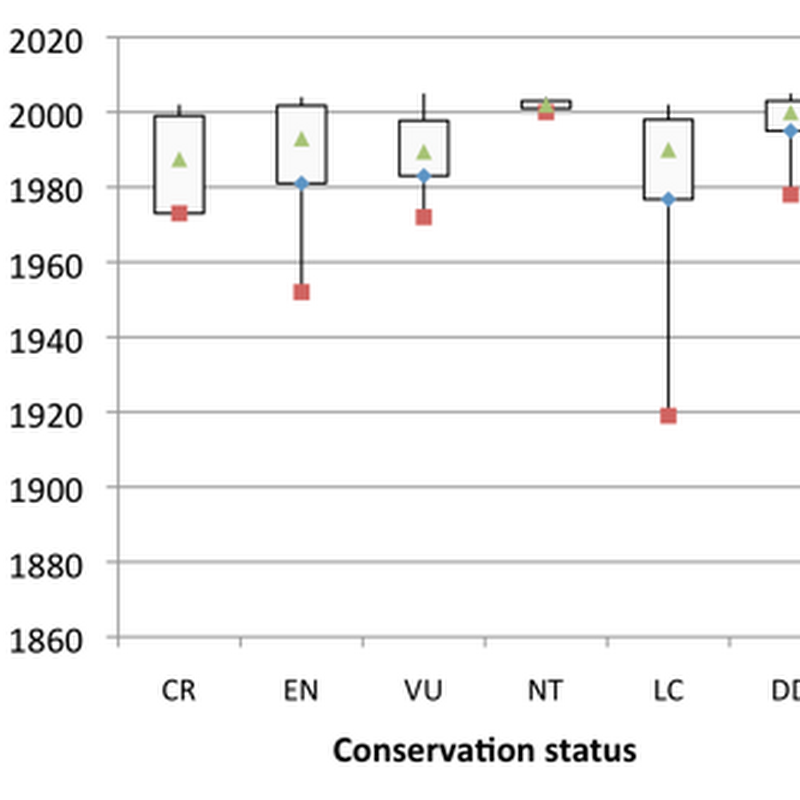
Tomorrow is the Anchoring Biodiversity Information: From Sherborn to the 21st century and beyond meeting.

Tomorrow is the Anchoring Biodiversity Information: From Sherborn to the 21st century and beyond meeting.

This is a follow up to my previous post TDWG Challenge - what is RDF good for? where I'm being, frankly, a pain in the arse, and asking why we bother with RDF? In many ways I'm not particularly anti-RDF, but it bothers me that there's a big disconnect between the reasons we are going down this route and how we are actually using RDF.
Last month, feeling particularly grumpy, I fired off an email to the TDWG-TAG mailing list with the subject Lobbing grenades: a challenge . Here's the email:In the context of the TDWG meeting (happening as we speak and which I'm following via Twitter, hashtag #tdwg) Joel Sachs asked me whether I had any specific data in mind that could form the basis of a discussion. So, here goes.

DOIs are meant to be the gold standard in bibliographic identifier for article. They are not supposed to break. Yet some publishers seem to struggle to get them to work. In the past I've grumbled about BioOne, Wiley, and others as cuplrits with broken or duplicate or disappearing DOIs.Today's source of frustration is Taylor and Francis Online.

I've been spending a lot of time recently mapping bibliographic citations for taxonomic names to digital identifiers (such as DOIs). This is tedious work at the best of times (despite lots of automation), but it is not helped but the somewhat Orwellian practices of some publishers. Occasionally when an established journal gets renamed the publisher retrospectively applies that name to the previous journal.
As part of a project to map taxonomic citations to bibliographic identifiers I'm tackling strings like this (from the ION record urn:lsid:organismnames.com:name:1405511 for Pseudomyrmex crudelis ):Systematics, biogeography and host plant associations of the Pseudomyrmex viduus group (Hymenoptera: Formicidae), Triplaris- and Tachigali-inhabiting ants. Zoological Journal of the Linnean Society, 126(4), August 1999: 451-540.

Geoffery Bilder's comments about the unsuitability of URLs as long term identifiers (as opposed, say, to DOIs) came to mind when I discovered that the domain phthiraptera.org is up for sale: This domain used to be home to a wealth of resources on lice (order Phthiraptera). I discovered that ownership of the domain had expired when a bunch of links to PDFs returned by an iSpecies search for Collodennyus all bounced to the holding page

This morning I posted this tweet: My grumpiness (on this occasion, seems lots of things seem to make me grumpy lately) is that often journal RSS feeds leave a lot to be desired. As RSS feeds are a major source of biodiversity information (for a great example of their use see uBio's RSS, described in doi:10.1093/bioinformatics/btm109) it would be helpful if publishers did a few basic things.

For the last two days I've been participating in a NESCent meeting on Dryad, a "repository of data underlying scientific publications, with an initial focus on evolutionary biology and related fields". The aim of Dryad is to provide a durable home for the kinds of data that don't get captured by existing databases such as GenBank and TreeBASE (for example, the Excel spreadsheets, Word files, and tarballs of data that, if they are lucky, make it

Continuing with RSS feeds, I've now added wrappers around IPNI that will return for each plant family a list of names added to the IPNI database in the last 30 days. You can see the list at here.One thing which is a constant source of frustration for me is the disconnect between nomenclators (lists of published names for species) and scientific publishing.